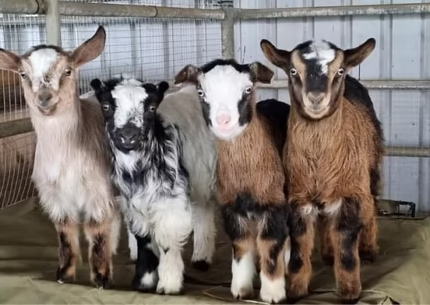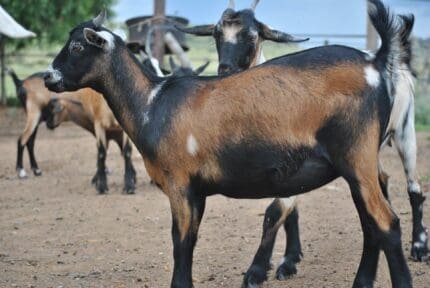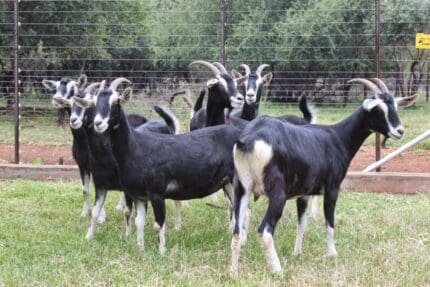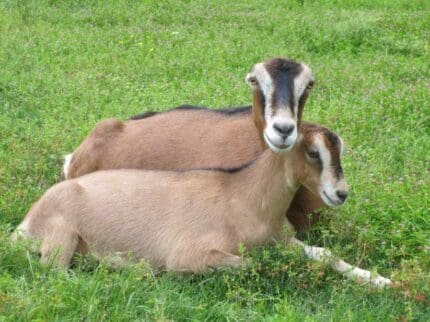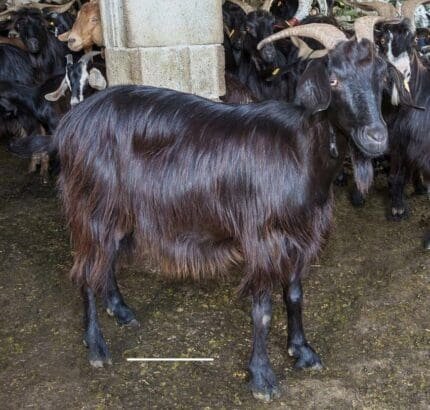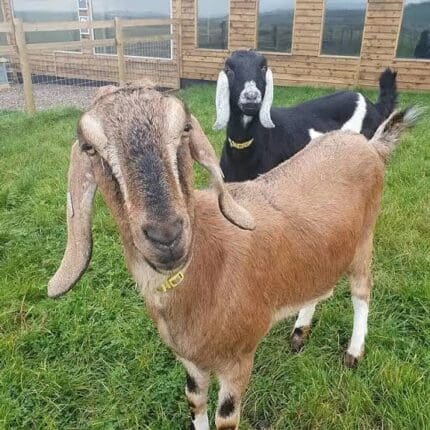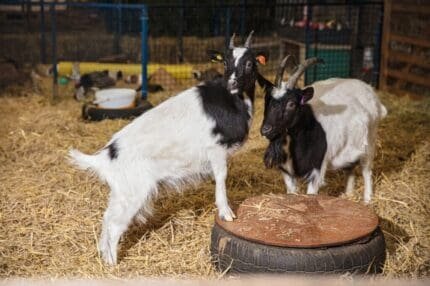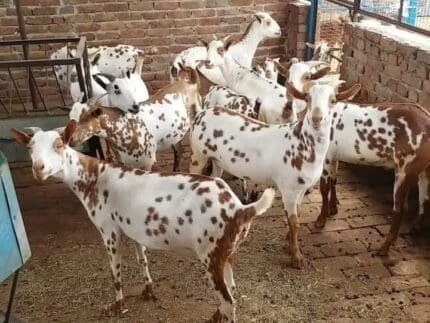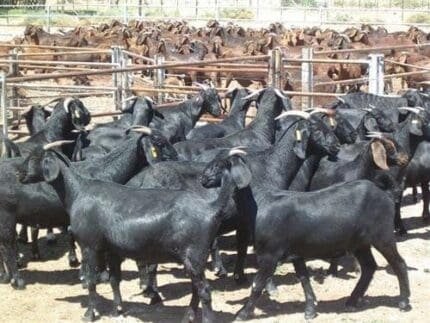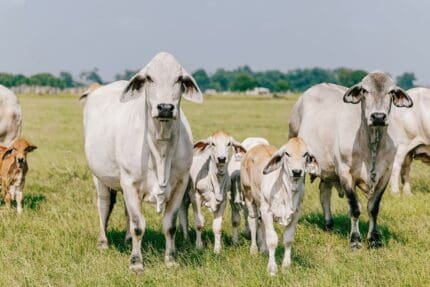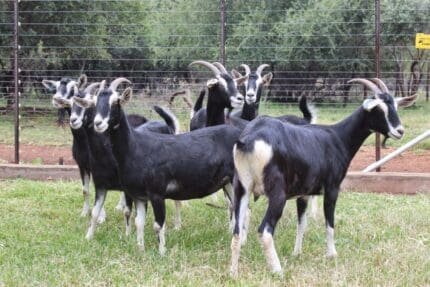LiveStock
Understanding Livestock: An Overview ~What is Livestock?
Buy livestock for sale online, Livestock refers to domesticated animals raised in agricultural settings to produce commodities such as meat, milk, wool, and leather or to perform tasks like plowing. Common examples include cattle, sheep, goats, pigs, poultry, and horses. Buy Livestock farming plays a vital role in global agriculture, contributing to food production, economic development, and rural livelihoods.
Types of Livestock
Livestock species vary across the globe, adapted to local climates, cultural preferences, and economic conditions. Major categories include:
- Cattle:
- Dairy Cattle: Raised for milk production (e.g., Holstein Friesians, Jerseys).
- Beef Cattle: Bred for meat (e.g., Angus, Hereford).
- Sheep: Used for wool, meat (lamb/mutton), and milk.
- Goats: Valued for milk, meat, and fiber (e.g., cashmere).
- Pigs: Primarily raised for pork, with some breeds also used for lard or specialty products.
- Poultry: Includes chickens (for eggs and meat), ducks, turkeys, and geese.
- Equine: Horses, donkeys, and mules used for labor or recreation.
- Aquatic Livestock: Such as fish and shellfish, often raised through aquaculture.
- Specialty Livestock: Includes llamas, alpacas, rabbits, and bison, raised for niche markets.
Importance of Livestock
- Food Security:
- Livestock provides high-protein food sources like meat, eggs, and dairy, essential for a balanced diet.
- Economic Contribution:
- Livestock farming generates income for millions of farmers worldwide.
- By-products like leather and wool contribute to diverse industries.
- Agricultural Productivity:
- Livestock manure is an important natural fertilizer, enhancing soil fertility.
- Animals like oxen and horses assist in plowing fields and transportation.
- Cultural Significance:
- In many societies, livestock plays a role in ceremonies, traditions, and social status.
Challenges in Livestock Farming
- Disease Management:
- Livestock are prone to diseases like foot-and-mouth disease, avian influenza, and bovine tuberculosis.
- Effective veterinary services and biosecurity measures are critical.
- Environmental Impact:
- Livestock farming contributes to greenhouse gas emissions (e.g., methane from ruminants).
- Overgrazing can lead to deforestation and land degradation.
- Climate Change:
- Rising temperatures and changing precipitation patterns affect feed availability and water resources.
- Ethical Concerns:
- Issues such as factory farming, animal welfare, and overuse of antibiotics are increasingly scrutinized.
Advancements in Livestock Management
- Precision Farming:
- Technologies like sensors, drones, and GPS help monitor livestock health, feed intake, and movement.
- Genetic Improvement:
- Selective breeding and biotechnology enhance productivity, disease resistance, and adaptability.
- Sustainable Practices:
- Rotational grazing, integrated crop-livestock systems, and renewable energy usage minimize environmental impact.
- Alternative Feeds:
- Researchers explore innovative feeds like algae, insects, and by-products to reduce costs and emissions.
Global Livestock Industry
- Top Producers: The United States, Brazil, India, and China dominate global livestock production.
- Market Trends:
- Rising demand for organic and free-range products.
- Growth of plant-based alternatives and lab-grown meats impacts livestock markets.
The Future of Livestock Farming
The future of livestock farming lies in balancing productivity, sustainability, and ethics. Innovations in feed technology, waste management, and breeding will shape the industry. Additionally, global collaboration on policies and education is vital for addressing challenges like climate change and food security.
Conclusion
Livestock farming is integral to human survival and economic growth, providing essential food, materials, and labor. As the world faces new challenges, sustainable practices and technological innovations will be key to ensuring the longevity and efficiency of the livestock industry.
Further Reading
Showing 1–16 of 63 results

